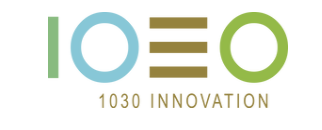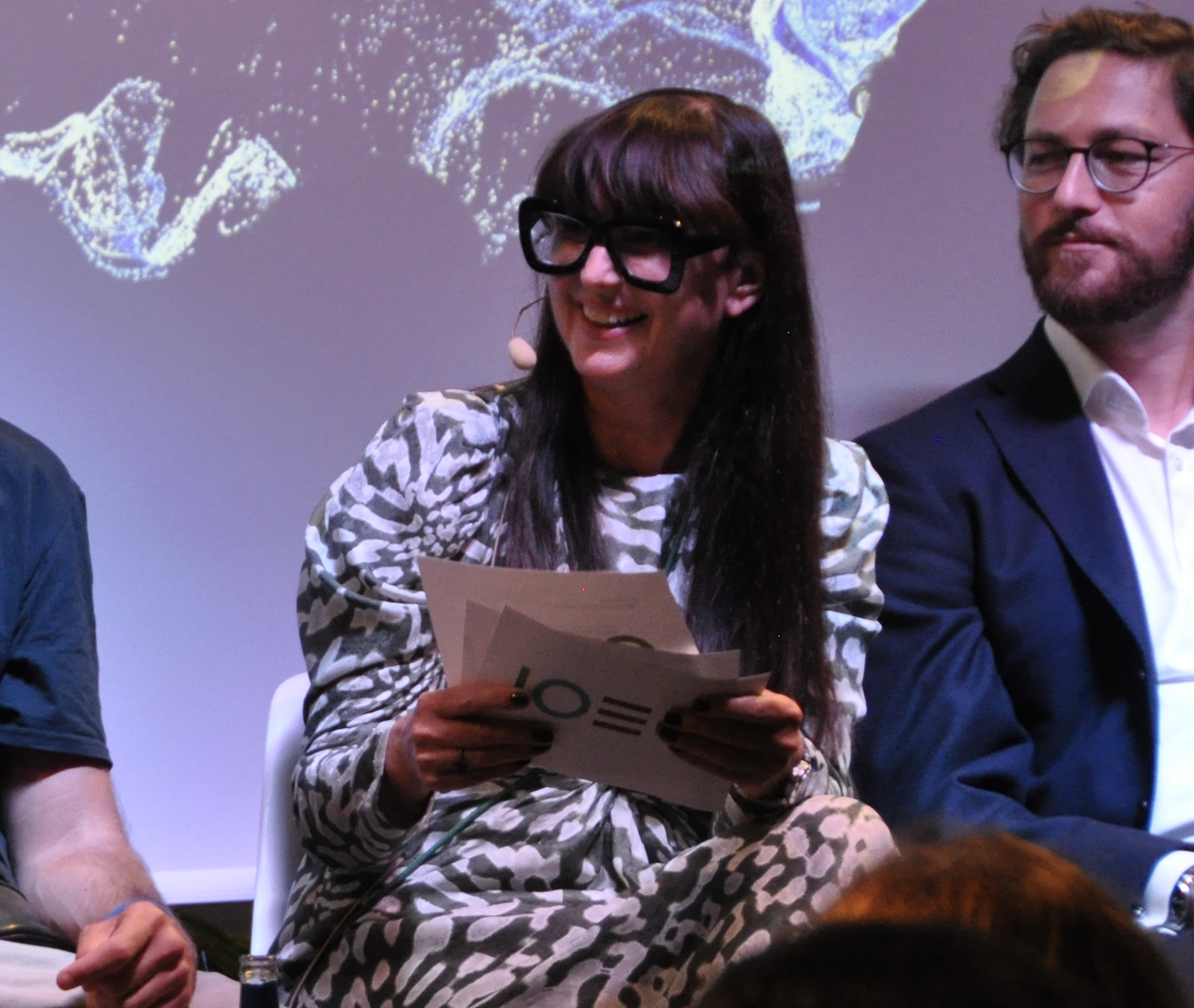Home office is over. But no one wants to go back to the classic office routine. The solution: flexible hybrid models. These offer employees maximum freedom and room for self-determination and thus follow the principles of New Work. But what exactly does the future of work look like and what impact does the free arrangement of working hours and location have on employees? How do you as an entrepreneur manage to integrate this exciting system into your company and how do you ensure that your team performs to the maximum?
Every employee has individual needs
Everyone ticks differently. It starts in the morning: while the early risers among us are already sitting wide awake in the office at seven o’clock and working productively, the night owls are still tossing and turning in bed. Working at this hour? Unimaginable for them. Working on projects until 11 p.m. in the evening? Always a pleasure.
The realization that every employee has a different biorhythm is not new. That’s why most companies offer their employees flextime solutions in which only the core working hours – usually reserved for meetings – are mandatory. The concept of flextime offers more self-determination on the job and is a good approach to increase employee productivity. But it’s not enough. People’s individual demands on their work environment are much more far-reaching.

The workplace also makes a decisive contribution to an individual’s productivity. Some people enjoy working with dozens of colleagues in an open-plan office, while others prefer silence and deliberately isolate themselves. Still others are most creative when they are in a downtown café watching the hustle and bustle of passing walkers. For maximum productivity, it’s essential to create the work environment that best supports and inspires you. Old scool offices can rarely offer this. The number of individual employee needs is too great.
In addition, the needs change depending on the task and type of activity. An employee who sought interaction with colleagues on Monday and Tuesday may suddenly feel the need to leave the office for creative activities on Wednesday.
Offering employees the flexibility to work the way they want to is one of the core concepts of New Work. The questions of where, how and when to work are subordinated to the result achieved. The end result is more important than the way it was achieved. There is a call for flexible, hybrid work models, where employees decide for themselves whether they come into the office or prefer to work from their home office today.
Transparency as the basis of communication
Many managers fear losing their employees emotionally if they do not see them regularly in the office. Critics believe that home office damages the relationship between employees and their company and reduces employee retention. Their fear is not entirely unfounded, as Gallup’s 2020 Employee Retention Study shows. The willingness to switch has increased compared to the previous year: While in 2019, 73% of employees said they would still like to work at their company next year, the number dropped to 61% in the Corona year. One reason for the lack of identification with the company may be the forced home office. However, the problem here is not the home office per se, but the lack of trust and transparency on the part of managers.
Every employee needs to understand the goal of their company and be able to see how their work contributes to achieving it. This is where manageers come into play. Their task is to ensure transparent communication of current projects and successes within the company. Every employee wants to be served with the information that is relevant to them. Heike Weishaupt, Vice President Global Human Resources at Benteler Automotive, writes that the linchpin of communication is transparency. “It is crucial to communicate everything that can be communicated.”

Trust is good, control is better? Not in case of hybrid work.
Flexible working models require an increased level of trust with employees. Managers can and should no longer constantly look over their employees’ shoulders. Instead, their interest should be in motivating every single person in the company in such a way that checks become superfluous. Is my employee really working on our project or is he/she just relaxing at home? Even if employees are online and logged in, it is unclear whether they are really on task.
That’s hard to control. And it shouldn’t be controlled anyways.
As long as the result is right, it doesn’t matter how your employees achieved it. New Work wants to offer this freedom. It requires a “Culture of Trust” and a change in leadership style. We will look at this in more detail next week in another article.
When the boundaries between work and leisure become blurred…
… this can quickly overwhelm employees. Hybrid work frees employees from fixed working hours and the limitation to one office. But without the physical separation of job and free time, or office and home, many employees find it difficult to switch off from work. “The first few days were tough. My mind was constantly on work,” says Park Jong Han, a manager at SK Telecom, in an interview with Bloomberg Quicktake. For employees who don’t know how to cope with it, this constant mental strain can quickly become too much. A burnout is imminent.

To prevent this, it’s important to communicate with all employees and agree on what can realistically be done in a predefined period of time. Be an open communication partner and show your employees that you understand their needs. Not everyone needs to be available all the time. Agree on explicit switch-off times in which your employees are generally not reachable and can thus gain distance from work. This leads to a greater sense of well-being and ultimately to better performance.
You might even go one step further. The video streaming provider Netflix allows its employees to take vacations as often and as long as they want. Once again, the basis for this is a strong relationship of trust and a focus on the bottom line.
Personal contact remains important. Especially for newcomers.
Does it make sense to convert the entire organization to a digital working model without personal contact in presence? In many cases, the answer to this question is no. Direct contact between employees is and remains a success factor for the majority of companies. New employees in particular like to take advantage of the opportunity to exchange ideas and build networks with their co-workers. Small talk in between or cheerful conversations over lunch make an important contribution to social well-being. Every interaction – no matter how small – builds trust and bonds. Exchanges about topics outside of work weld the team together. Colleagues become friends.
This social interaction is often neglected in purely digital collaboration. Once all the important points have been discussed, the meeting gets cloosed quickly. There are no coffee breaks or small talk. As a result People tend to become lonely and do not develop strong bonds with their colleagues.
A good leader creates space for the much desired social exchange. Meetings don’t just follow business interests anymore, but feature extra time for relaxed conversations about private topics. How about team events such as a joint (online) pizza dinner?

The office of the future is a place of encounters
Hybrid work models question the role of the office. Which activities can employees perform more efficiently on the road or at home? What can be done best on site? The office of the future is a place of encounters: A diversely designed spatial concept enables discussions, brainstorming and relaxation. The office represents the spirit of the company and offers new employees the opportunity to get to know the corporate philosophy and corporate behavior.
Overall, the office space becomes smaller because not every employee is on site all the time. So it is up to oneself whether they prefer to brainstorm together with their colleagues in the office or whether they prefer to go about their work alone.
Summary: This is how hybrid work becomes a success story.
Hybrid working offers employees maximum freedom and the opportunity for self-determined work, regardless of time or location. The team becomes more productive because everyone can go at their own individual pace and follow their unique needs. Important for the success of the new work concept is the transparent communication of the company’s goals and the contribution of each individual to their achievement. Managers must increasingly rely on the initiative of their team members and provide them with supportive advice. This also includes protecting employees from themselves and too much work by drawing clear boundaries. Offices do not become superfluous, but remain a central meeting place. New spatial concepts lead to smaller, more varied offices that give new employees in particular the opportunity to establish social contacts with co-workers and build trust to the company.
This form of work design offers the best conditions for satisfied employees in the new New Work culture. Independent, efficient employees are the result.




